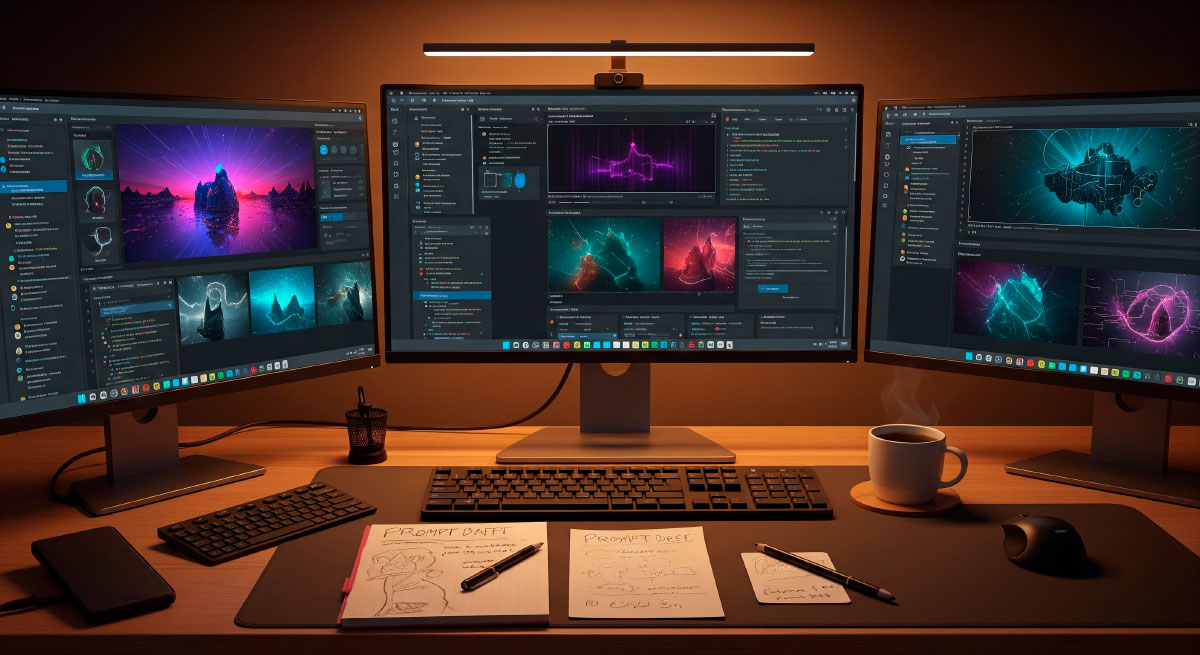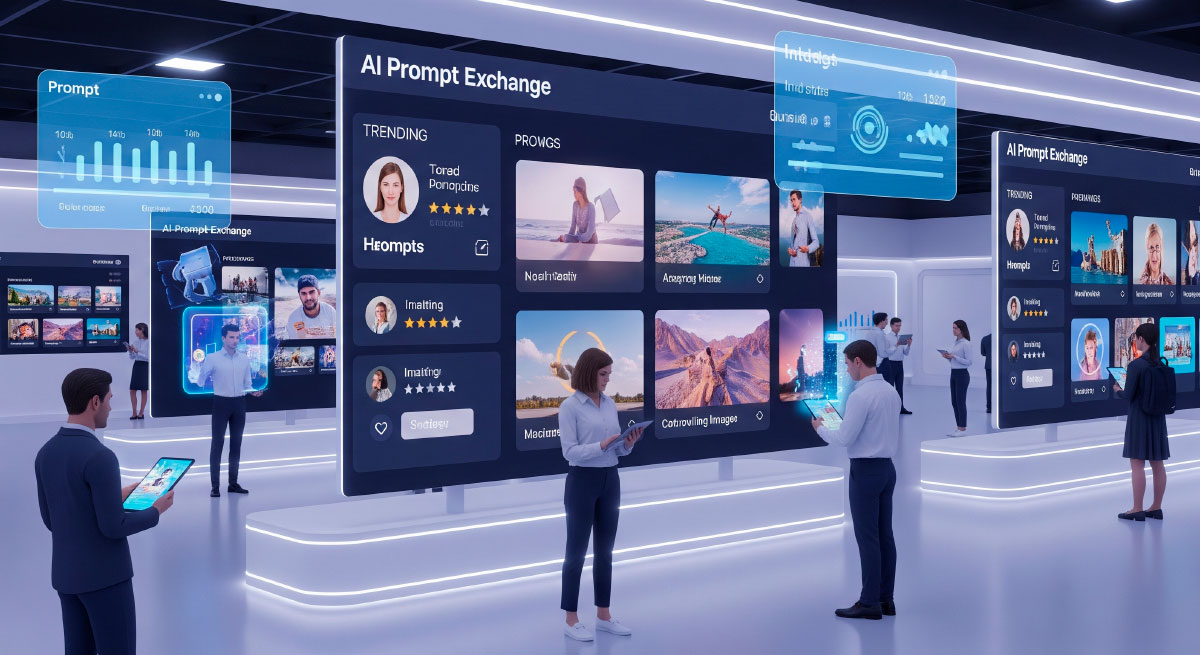At the dawn of artificial intelligence (AI), we discovered a surprising truth: the most advanced machines need the oldest words. What began as a catalogue of computer commands has evolved into a new liminal language – that in-between space where human syntax meets computational logic. It is not English, not binary code, but something in between: an emerging metalanguage that redefines our relationship with technology.
Indeed, there is already a new breed of creators who do not program in the traditional sense, but whose craft requires a precision comparable to that of a Swiss watchmaker. These are the prompt artists, or instructions artists, those who have developed an almost musical intuition for dosing just the right amount of context, selecting the precise term that activates the desired pattern and structuring requests, as if they were composing technological haikus.

In fact, there are already examples of their creations – those perfectly calibrated instructions – having a hard cash price. The sale of instructions for the image generation and editing programme Midjourney, which produce specific artistic styles, is a reality. Platforms such as PromptBase or PromptHero function as linguistic auction houses. And there are companies paying good salaries to instruction engineers to optimise their workflows with AI. It is the gold rush of the 21st century, where the precious metal is precise combinations of words in English, Spanish or other languages that AIs understand particularly well.

Interestingly, the more language models advance, the more the need for complex instructions is reduced. What today requires three paragraphs of meticulous instruction might require only one sentence tomorrow. This evolution raises fascinating questions: is this a transitional skill; is instruction engineering just a step on the ladder to more intuitive interfaces, or will this ‘conversational engineering’ become a kind of new basic literacy?

Ultimately, won’t instructional engineering be less about controlling machines and more about understanding ourselves? After all, by teaching AI to think, we inevitably reveal how we humans think. Perhaps that is precisely the most valuable discovery of all.
By Manolo Barberá, Senior Hydraulic Modeller at Amusement Logic’s Architecture Dept.






